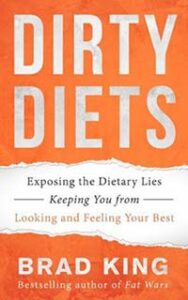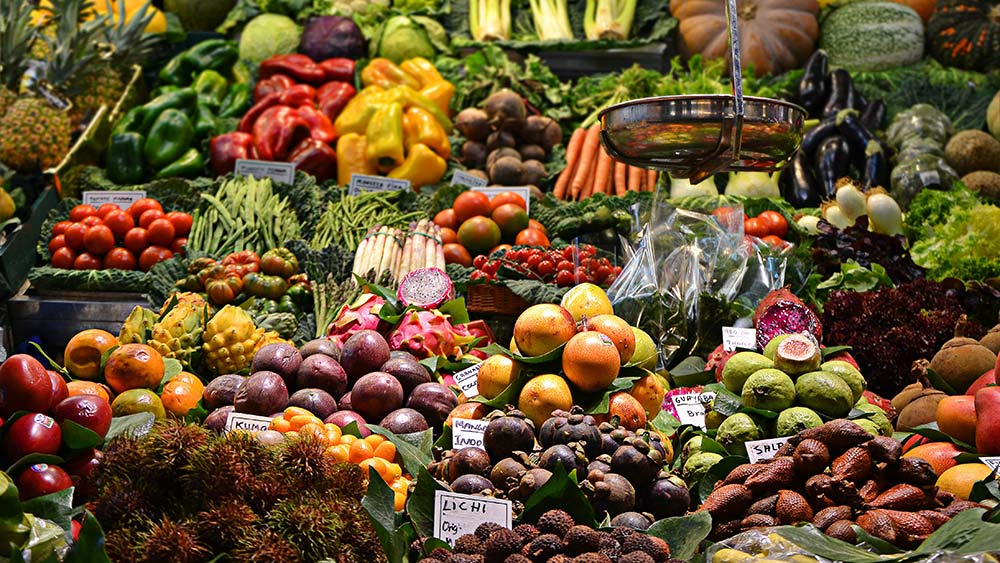Who doesn’t love fruit? Whether it’s sweet, tangy, crunchy or soft, fruit is an excellent treat in all its exceptional forms — after all, they don’t call it nature’s candy for nothing. But when it comes to fruit, many a so-called expert in the nutritional (and sometimes not nutritional) realm have sounded the proverbial alarm, scaring fruit-lovers everywhere to avoid their temptations unless they want to grow an extra spare tire, or keep the one they presently have continuously inflating. Yes my friends, we can now add fruit to the cautionary obesity warnings, right alongside, bread, pasta and baked goodies. Say it ain’t so!!!
Contrary to popular belief, ‘weight loss’ is not all about cardio, squats, push-ups and starving yourself half to death. It needs to be complemented by a perfect diet with an intake of all the food nutrients in their proper ratios.
When it comes to burning body fat, the primary aim is to maintain a balance between optimal nutrient intake, calorie consumption and hormonal control. The basic thing to remember is that all foods contain calories. Fruits contain the sugar fructose, which is a carbohydrate — as all sugars are and all sugars offer energy to the body — however some are quite easily stored as body fat. Fructose is a simple carbohydrate, which is classified as a monosaccharide (meaning one sugar molecule) and it is metabolized in a different manner from other forms of sugar like glucose.
Glucose, which is the body’s primary sugar, is quite easily converted to ATP, the most prevalent form of energy used by the body, whereas fructose is metabolized quickly within the liver and in excess, has been shown in studies to elevate triglycerides and fat storage — primarily in the belly area.1 This is not to say that glucose cannot become fat — because it can! Excess sugars of any kind can elevate the hormone insulin, which in turn can place the body into a fat storage mode. Should you or should you not eat more fruits and veggies if you want to lose weight?
The necessary calorie count required for proper functioning of the human body varies with age, gender, body weight, height, physique etc. A close approximation (as there is no exact science to calorie counting) can be determined by consulting with a nutritionist. It is more common than not to read dietary claims about consuming more vegetables and fruits if you want to shed some pounds, primarily because of their low fat/high fiber content. However, as mentioned above, some research indicates that a high fruit intake can cause some serious problems such as abdominal fat deposition coupled with higher insulin levels, elevated triglycerides, LDL cholesterol and high blood pressure. However, on close examination all such studies have been revealed to be faulty in their assumptions.
Speculations regarding high fructose consumption and the issues mentioned above — especially abdominal obesity — arise because of two primary issues: 1) the overall excessive amounts of fructose used in these studies and 2) the type of actual fructose being used. I’ll discuss these next. Studies often exaggerate dosages of certain ingredients that would otherwise be very difficult to emulate in the real world. In fact, the level of fructose intake needed to experience some of the conditions mentioned above, is completely unrealistic by only eating fruits. How unrealistic? In one of the studies, Swedish researchers had men consume a whopping 3.5 grams of pure fructose (as in concentrated and not as fruit) per kilogram of body weight over a seven day period. So if you weigh 200 pounds that would equate to chowing down on over 300 grams of fructose per day, which happens to be the same amount of fructose found in over 40 bananas. I think you get my point. Besides, ever see a fat monkey in the wild?
Now that we understand that fruit sugar — coming from whole fruits — in reasonable quantities does not really effect the body’s fat storage capabilities any more or any less than other sugars, it is important to note that almost every negative fructose study has been performed with concentrated forms of pure fructose (i.e. high fructose corn syrup) as opposed to real fruit. What’s the difference? Real fruit contains a great deal of fibers and metabolites that help to slow and control the release and metabolism of the sugar, as opposed to dumping high dosages of sugar into the body with no regulation system. In other words, big difference!
Newer studies are even claiming that carbohydrates, from sources other than fruits, are more likely to cause weight gain issues as opposed to the same amount of calories consumed from fruit alone.
 I am a big proponent of sticking to dietary choices of early man, as in Paleolithic nutrition principles. This is what my book Dirty Diets is based upon. After all, we are all living with the same engines our prehistoric brothers and sisters had, which means we would do best to fuel these engines the same way. Thousands of years ago, humans consumed approximately 15 grams (½ ounce) of fructose each day. That is compared to 81 grams (3 ounces) or six times that amount today.
I am a big proponent of sticking to dietary choices of early man, as in Paleolithic nutrition principles. This is what my book Dirty Diets is based upon. After all, we are all living with the same engines our prehistoric brothers and sisters had, which means we would do best to fuel these engines the same way. Thousands of years ago, humans consumed approximately 15 grams (½ ounce) of fructose each day. That is compared to 81 grams (3 ounces) or six times that amount today.
In order to ensure that you don’t overdo your fructose intake, it is important to take into consideration the fact the fruits have mainly been categorized into two classes based on the amount of fructose and the calories they provide.
• High Fructose/Calorie Fruits: Popular fruits in this category are: all dried fruits—especially dates, grapes, sweet cherries, bananas, watermelon, mangos, pineapple, pears and sweet apples.
• Low Fructose/Calorie Fruits: Popular fruits in this category are: most berries (blueberries, raspberries, boysenberries, blackberries and strawberries), grapefruits, lemons, limes, rhubarb and avocado.
Thus the important point to bear in mind is that excess of anything is bad — well, almost anything. Hence it is necessary to maintain a balanced diet, cut back on sugars (both simple and complex), keep exercising regularly and above all to be persistent in your efforts on your way to a slimmer you.











